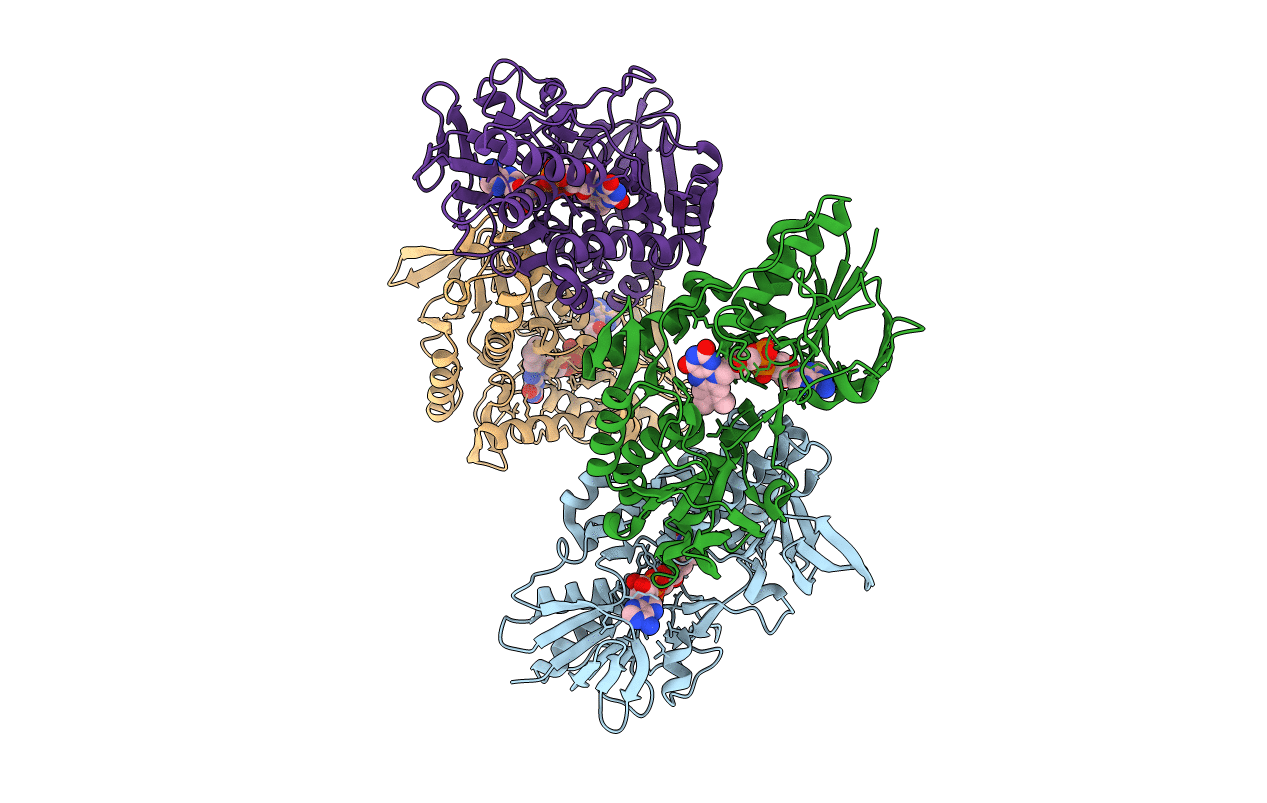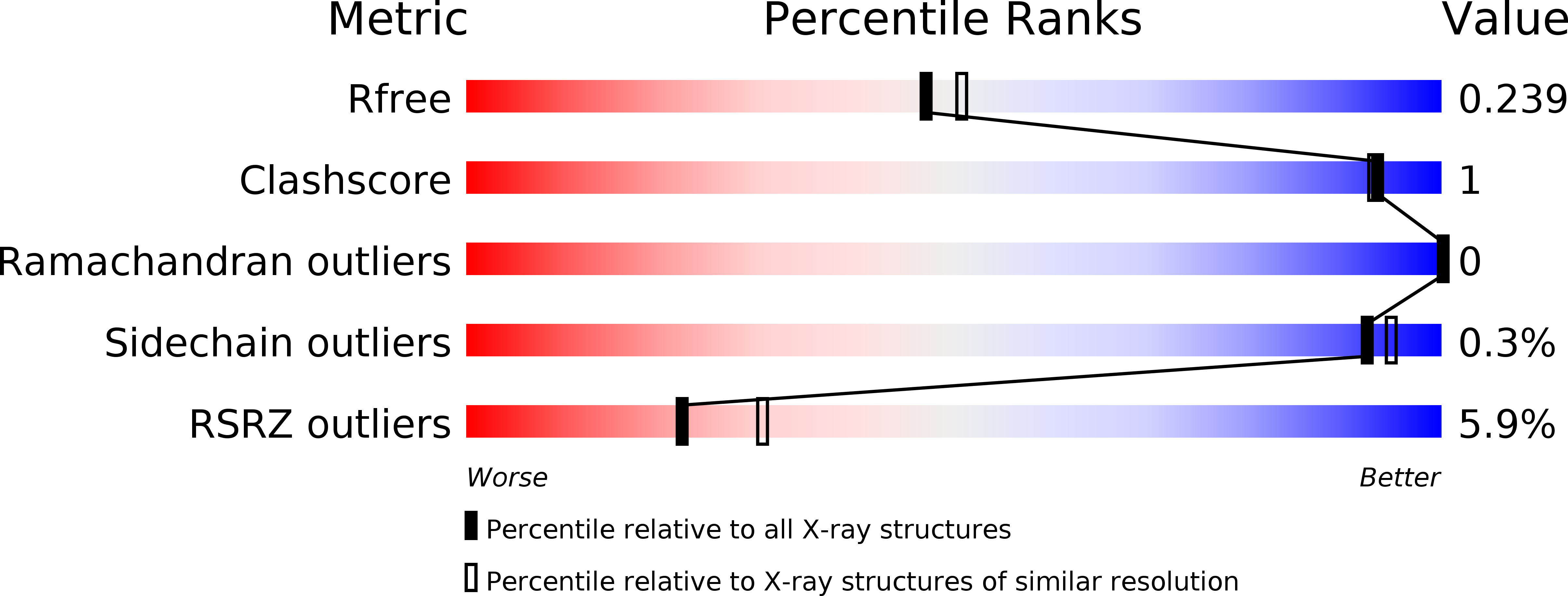
Deposition Date
2017-07-09
Release Date
2017-10-18
Last Version Date
2024-05-22
Entry Detail
PDB ID:
5WED
Keywords:
Title:
Structure of bacterial type II NADH dehydrogenase from Caldalkalibacillus thermarum at 2.15A resolution
Biological Source:
Source Organism:
Caldalkalibacillus thermarum TA2.A1 (Taxon ID: 986075)
Host Organism:
Method Details:
Experimental Method:
Resolution:
2.15 Å
R-Value Free:
0.23
R-Value Work:
0.20
R-Value Observed:
0.20
Space Group:
P 1 21 1


